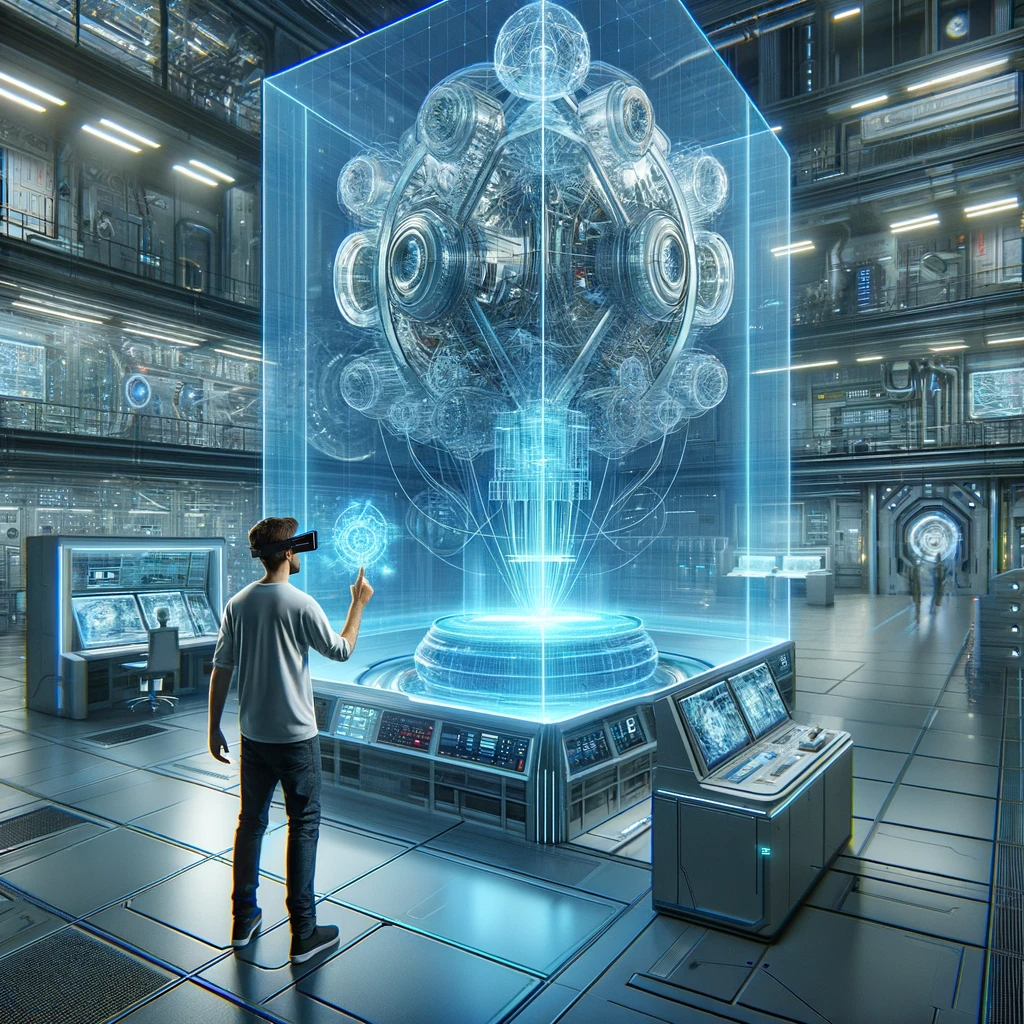In today’s rapidly evolving technological landscape, one term that has been making waves across industries is “Digital Twin Technology.” This innovative concept has been gaining momentum and transforming the way we interact with and manage physical systems. In this article, we’ll delve into the world of Digital Twin Technology, exploring its significance, applications, and the exciting possibilities it holds.

Understanding Digital Twin Technology
Contents
Digital Twin Technology is a game-changer, redefining the way we conceptualize, monitor, and optimize various processes and systems. At its core, a digital twin is a virtual replica or mirror image of a physical entity, be it a machine, a building, or even an entire city. This digital counterpart is created by collecting real-time data from sensors, IoT devices, and other sources, allowing for a comprehensive and dynamic representation of the physical object or system.
Why Digital Twin Technology Matters
The emergence of Digital Twin Technology has immense implications across diverse fields, from manufacturing and healthcare to smart cities and aerospace. One of its primary advantages lies in predictive maintenance. By continuously monitoring the digital twin of a machine, manufacturers can identify potential issues before they lead to costly breakdowns, thus improving operational efficiency and reducing downtime.
In healthcare, Digital Twin Technology can help create personalized treatment plans for patients by analyzing their digital health profiles, leading to more effective and efficient care. In the context of smart cities, it enables urban planners to optimize traffic flow, energy consumption, and infrastructure maintenance, ultimately enhancing the quality of life for residents.
Applications and Use Cases
Digital Twin Technology is not confined to a single industry. Its versatility allows for a wide range of applications:
- Manufacturing: Digital twins of machines and production lines enable manufacturers to fine-tune processes, minimize waste, and enhance product quality.
- Healthcare: Personalized medicine, disease prediction, and treatment optimization are just a few of the healthcare applications.
- Aerospace: Digital twins of aircraft and engines aid in predictive maintenance, improving safety and reliability.
- Smart Cities: Urban planners use digital twins to optimize transportation, energy consumption, and emergency response.
- Construction: Architects and engineers can simulate and optimize building designs before construction begins, saving time and resources.
The Future of Digital Twin Technology
As technology continues to advance, so does the potential of Digital Twin Technology. The integration of artificial intelligence and machine learning algorithms will make digital twins even more powerful, providing real-time insights and predictive capabilities that were previously unimaginable.
In conclusion, Digital Twin Technology is ushering in a new era of efficiency, innovation, and problem-solving across a multitude of industries. Its ability to bridge the physical and digital realms offers endless possibilities for optimizing processes, reducing costs, and improving overall performance. As we look ahead, the evolution of Digital Twin Technology is poised to revolutionize the way we interact with the world around us, making it a topic of utmost importance for anyone interested in the future of technology.